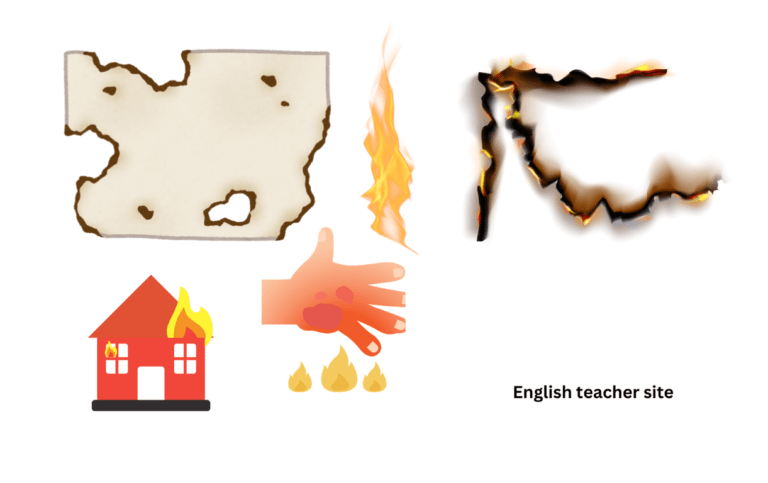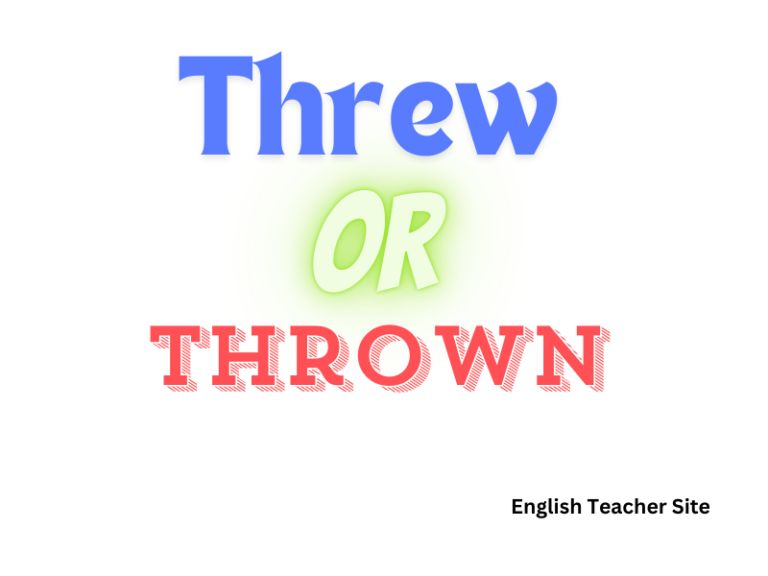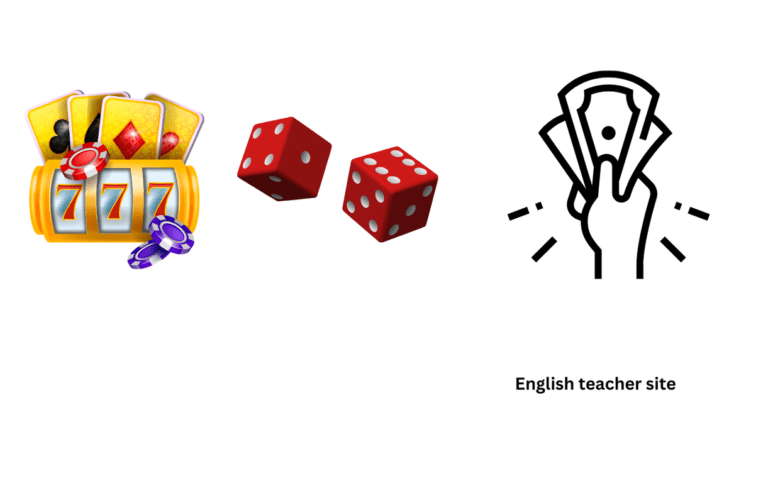What’s the Past Tense of Spread: Understanding Verb Conjugation

- The past tense of “spread” is identical to the present tense: “spread.”
- Understanding irregular verbs like “spread” is key to proper English grammar.
- “Spread” does not change form between present, past, or past participle tense.
Knowing how to use “spread” in different tenses is essential for constructing clear and grammatically correct sentences. This is particularly important because “spread” is a common verb used to describe the action of extending over a larger area or among a number of people, which makes it a frequent candidate for past tense usage. The verb “spread” is not modified when transitioning from present to past tense, nor for the past participle. This singular form usage across tenses makes it a simpler irregular verb to learn.
What’s the Past Tense of “Spread”?
Today’s focus is on the verb “spread.” Unlike regular verbs that add “-ed” to form their past tense, “spread” is irregular.
Present Tense:
- He/She/It spreads
- I spread
- You/We/They spread
Past Tense:
- He/She/It spread
- I spread
- You/We/They spread
The past tense of “spread” remains spread.
Conjugation Table:
| Tense | Conjugation |
|---|---|
| Simple Present | spreads |
| Simple Past | spread |
| Past Participle | spread |
In use, the verb “spread” maintains the same form in the past participle as well.
Examples in Sentences:
- Yesterday, they spread the tablecloth for the celebration.
- She spread the news about the event last week.
Understanding Usage:
- “He spread the map on the table.” (simple past)
- “The rumor had spread before morning.” (past perfect)
Forms of “Spread”
The verb “spread” is notable for its irregular conjugation, which remains consistent across its present, past, and past participle forms. In English, the conjugation of the verb “spread” lacks the common ‘-ed’ ending found in regular verbs.
In its present tense form, the verb exhibits a slight variation between third-person singular and other subjects. For example, one might say, “She spreads the tablecloth,” where “spreads” is the third-person singular present form. However, for simplicity, the tables below focus on the past forms.
Conjugation Table for “Spread”
| Tense | Conjugation |
|---|---|
| Simple Past | spread |
| Past Participle | spread |
Spread as a past tense and past participle is identical to its base form. This characteristic is a hallmark of irregular verbs in English. Hence, when converting “spread” into past tense, the word remains unaltered: “He spread the cards on the table.”
Examples in Sentences
- Past Simple:
- They spread a blanket on the beach yesterday.
- The farmer spread fertilizer across the fields last week.
Sentences with “Spread” in the Present Tense
As an English teacher, teaching grammar involves clarifying verbs and their conjugations. In context, “spread” is a verb that retains the same form in the present, past, and past participle—the simplicity that can sometimes lead to confusion. Let’s focus on using “spread” accurately in the present tense and explore various examples that can help English language learners understand its application in daily communication.
“Spread” in Simple Present Tense:
When referring to a current action, habit, or general truth, “spread” is often used in the simple present tense.
| Person | Sentence |
|---|---|
| He/She/It | She spreads the tablecloth neatly on the table. |
| You/We/They | They spread awareness about environmental conservation. |
“Spread” with Present Continuous Tense:
For actions that are currently ongoing or in progress, “spread” is paired with “is/are spreading.”
- He is spreading the jam on his toast.
- The news is spreading quickly through social media.
“Spread” with Present Perfect Tense:
This tense is used for actions that have happened at an unspecified time before now. The timeline is not important.
- She has spread her work out over the week.
- They have spread the seeds across the garden.
In the following table, the verb “spread” is provided in example sentences that illustrate its proper use in various present-tense scenarios:
| Context | Example |
|---|---|
| Routine | Every morning, he spreads butter on his bread. |
| Continuous Action | They are at the festival, where they are spreading cultural knowledge. |
| Result of an Action | By the end of the day, she has spread out all her resources for the project. |
In maintaining a neutral and clear tone, the examples illustrated provide a substantial grasp of how “spread” operates within the present tense. Learners should practice by creating sentences of their own to further solidify their understanding.
Sentence Examples with “Spread” in the Past Tense
Here are a few sentence examples that showcase this verb in action:
Simple Past:
- She spread the picnic blanket under the tree.
- They spread rumors about the haunted mansion.
Past Continuous:
- He was spreading the cream cheese on the bagel when the phone rang.
- The birds were spreading their wings in the evening sky.
Past Perfect:
- By the time we arrived, the news had already spread.
- I had spread the documents on the table for review.
Past Perfect Continuous:
- The artist had been spreading paint across the canvas for hours.
- They had been spreading the word about the charity event all week.
| Simple Past Usage | Past Perfect Usage |
|---|---|
| spread the blanket | had already spread the news |
- Literal: The farmers spread the seeds across the fields.
- Figurative: The firefighter’s courage spread inspiration throughout the community.
Key takeaways:
- “Spread” is an irregular verb.
- The past tense form is “spread,” identical to the present tense.
- “Spread” can be used in various past tenses and contexts, both literal and figurative.
Examples with “Spread” as a Past Participle
When “spread” is used as a past participle, it’s typically coupled with auxiliary verbs to create perfect tense structures or passive voice sentences.
When constructing perfect tenses, auxiliary verbs such as “has,” “have,” and “had” are used before “spread.” Below are examples within this context:
| Perfect Tense | Sentence Example |
|---|---|
| Present Perfect | She has spread the documents on the table. |
| Past Perfect | They had spread rumors before the truth came out. |
In passive voice constructions, “spread” often follows the verb “to be” in its various forms. Here are some examples:
- The news was spread rapidly across social media.
- The blankets are spread over the beds every morning by housekeeping.
- Solutions have been spread across the affected areas to combat the infestation.
In each case, “spread” operates as the past participle, modifying the object of the sentence to indicate an action that has been completed, whether the focus is on a continuous action or one that occurred at a specific point in time.
Here is a more detailed look at “spread” in past participial phrases:
- The virus had been spread by travelers.
- Messages of hope have been spread by the charity.
- The icing was spread evenly across the cake by the baker.
Phrases with “Spread”
The following are examples where the past tense of “spread” is utilized within phrases:
- They spread their picnic blanket under the shade of a towering oak.
- Rumors about the new policy spread through the office quickly.
Let’s consider phrases in different tenses and aspects using tables for a structured approach:
| Present Tense | Past Tense | Future Tense |
|---|---|---|
| She spreads the news. | She spread the news. | She will spread the news. |
| He is spreading the tablecloth. | He was spreading the tablecloth. | He will be spreading the tablecloth. |
And for the perfect aspect, we see the verb paired with “have,” “has,” or “had”:
| Present Perfect | Past Perfect |
|---|---|
| They have spread the seeds. | They had spread the seeds. |
- The blankets have been spread on the beds.
- The news has been spread by social media.
- By the time we arrived, the invitations had been spread across the community.
Sources
My name is Khamis Maiouf. I am the creator of the English Teacher Site, dedicated to providing valuable resources and insights for students around the world. With a passion for education and a commitment to helping students enhance their skills, I aim to make English teaching more effective and enjoyable for both educators and students.





